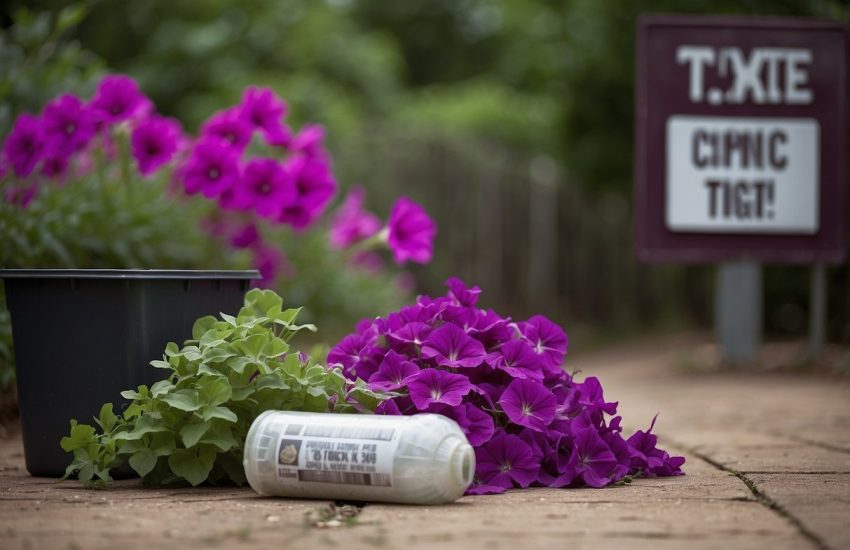How to Grow Cabbage From Seed
While it doesn’t appear like cabbage is a trendy vegetable, it is incredibly high in vitamins and minerals and shouldn’t be disregarded. With its distinctive nutritious composition, it comes in a variety of colors and leaf forms to brighten up your dining tables.
This fantastic vegetable contains significant folate and vitamin B6, crucial for the body’s normal functioning, energy metabolism, and nervous system health. Additionally, it contains a considerable amount of fiber and powerful antioxidants like polyphenols and sulfur compounds.
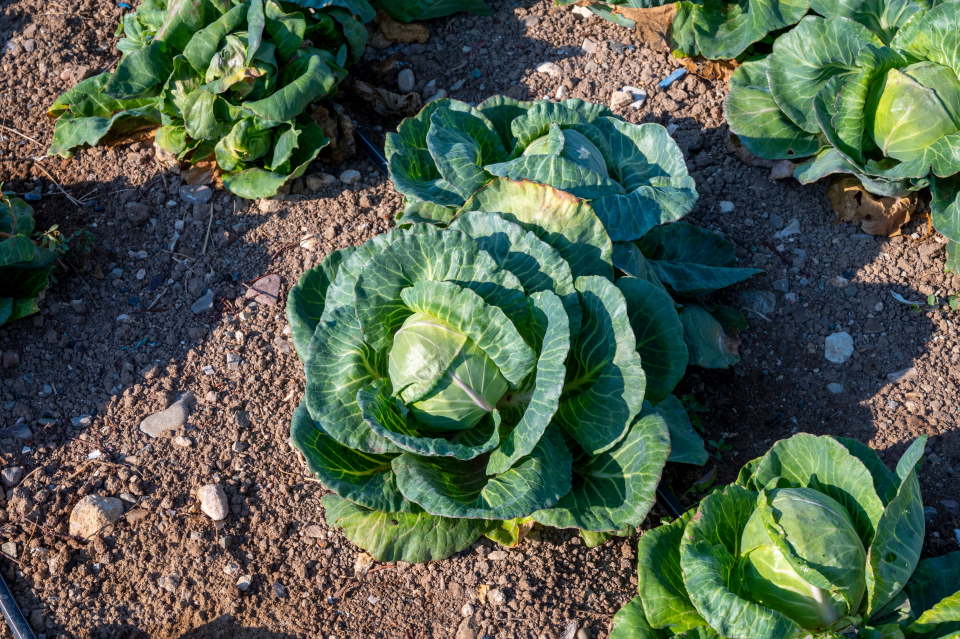
This wonderful vegetable is especially high in vitamin C, a potent antioxidant that may protect against heart disease, numerous cancers, and vision loss. Many antioxidants in cruciferous vegetables, especially cabbage, have been shown to inhibit chronic inflammation.
Cabbage can even be grown in the garden from the seed. It’s a sturdy plant that makes for a gratifying gardening job. Due to its hardiness and lack of fussiness, cabbage is a relatively simple vegetable to grow. You’ll be rewarded with a fantastic vegetable that tastes great in salads, stir-fries, sauerkraut, and countless other recipes if you know when to grow it from the seed.
Growing cabbage can be relatively simple for the typical gardening enthusiast, which is a great thing. Here is a summary of everything you should know to get started if you want to grow cabbage from the seed in your yard.
Types of Cabbage
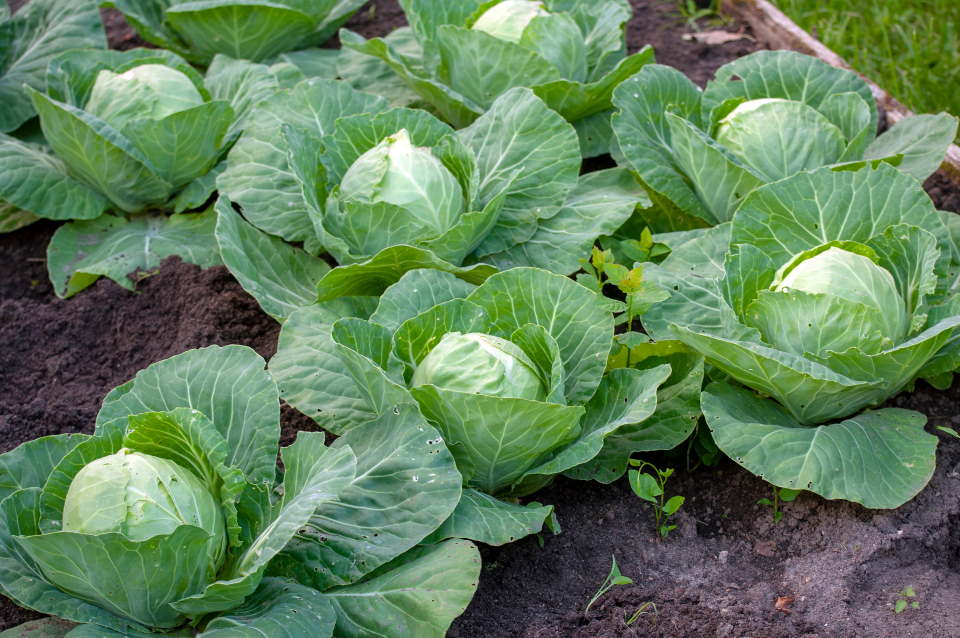
It may not be easy to imagine, yet there are more than 400 different varieties of this vegetable farmed globally. Here are the most popular and cultivated types:
Green cabbage is one of the most widely cultivated types in the world. It is also known as cannonball cabbage because of its compact and spherical shape. It feels waxy to the touch and is green, leafy, crunchy, and textured. The core should be removed because it is challenging to consume uncooked. Additionally, it is the most affordable variety of this vegetable in the world and is packed with priceless nutrients.
Red cabbage is quite similar to green one in appearance except for its vibrant dark purple leaves. It has an intense flavor and crunchier leaves than green cabbage. Typically, red cabbage is either raw or pickled in sauerkraut. We advise slicing it into little pieces and salting it before eating it raw. The leaves will be much softer and more luscious in this manner.
Bok Choy is frequently used in Asian cuisine. This kind has a crunchy texture and a green flavor that intensifies into a nutty flavor as it cooks. Most of this kind is stir-fried, roasted, or consumed raw. Due to its hue, it is also known as white cabbage. Bok choy, like other varieties, has a crunchy, crisp texture, a sharp, mineral flavor, and a very slight nuttiness that comes through while cooking. Compared to adult bok choy, baby bok choy is a bit sweeter. Therefore, young bok choy is substantially more expensive than mature bok choy. The older, larger bunches include unique spices like mustard greens and sharpness.
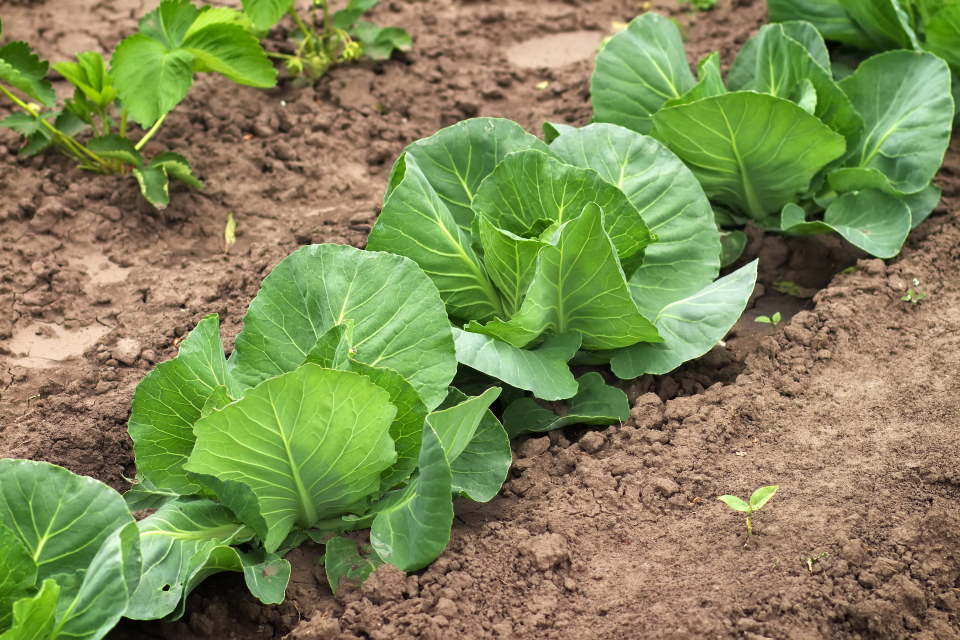
Savoy cabbage resembles a green one in appearance but tastes smoother and sweeter. Compared to green cabbage, it has looser, crinklier leaves. Savoy cabbage is significantly more expensive than other varieties. Its name is derived from the French region of Savoy, where it was first found. Although this kind grows all year long, the winter ones are significantly sweeter. This variety is significantly softer when uncooked than green cabbage, yet it may keep its texture better. Cooked green cabbage becomes mushy. So you can use Savoy when cooking if you enjoy the flavor of green cabbage but want something less mushy.
Napa cabbage is one of the most common elements in traditional Asian dishes. Although this elliptical, white to pale green vegetable is grown worldwide, China produces most of it. In addition, you may be familiar with the famous side dish kimchi, which is often made from brined Napa cabbage.
This kind has a moderate flavor and crisp texture when it is uncooked. When cooked, it becomes considerably softer and sweeter. Napa cabbage requires little care and is quite simple to grow. It requires little maintenance to grow it easily in your garden from its seed. When sown in the closing days of winter, harvesting takes about two months.
Brussels Sprouts look like tiny cabbages with sweet, nutty, and smoky flavor when cooked adequately. They have a milder flavor than bok choy. They are crispy on the outside and creamy and velvety on the inside.
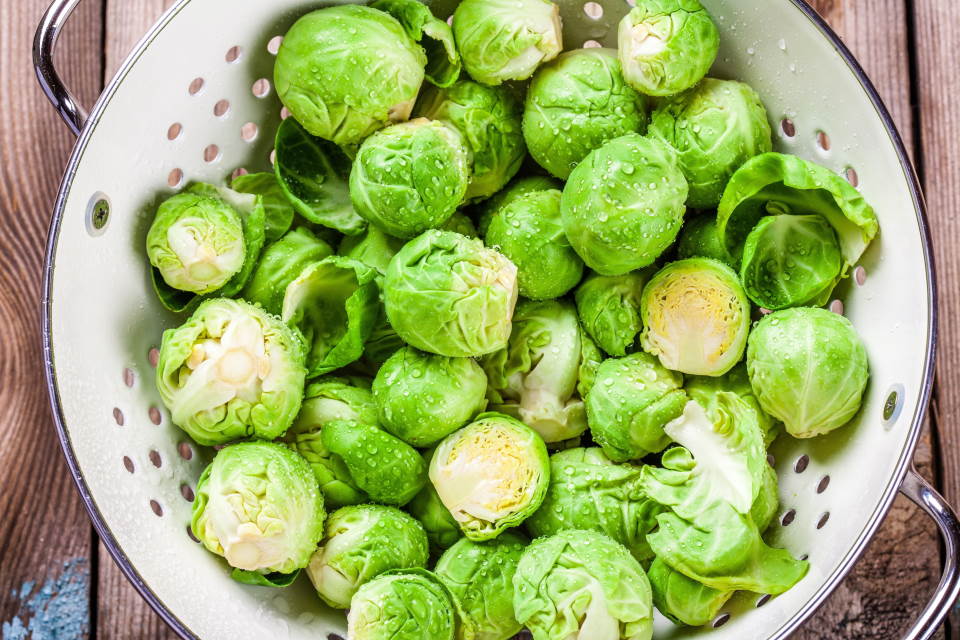
Choy Sum is a leafy cabbage primarily used in Chinese cuisine. Due to its adorable tiny yellow blossoms, it is also referred to as Chinese flowering cabbage. Like green ones, this one produces several long, thick stalks instead of a head. It generally tastes mildly mustardy.
Kale is a type of nutrient-rich cabbage with deep green leaves. It tastes earthy and is crisp. The younger leaves and those that grow in the summer have more fiber and a less bitter flavor. It is vital to weight loss programs since it offers numerous health advantages for the entire body. Fiber, antioxidants, calcium, vitamins C and K, iron, and a variety of other minerals are all abundant in kale and can help avoid a wide range of health problems. You can grow kale from the seed even in your little balcony garden.
Even though we mentioned some of the most produced varieties above, depending on your taste and preferences, you may like many others. In addition to being nutritious, they are considerably less expensive than most other vegetables. If you would like to learn more about different types with detailed information, please check our article.
What Does Cabbage Seed Look Like?
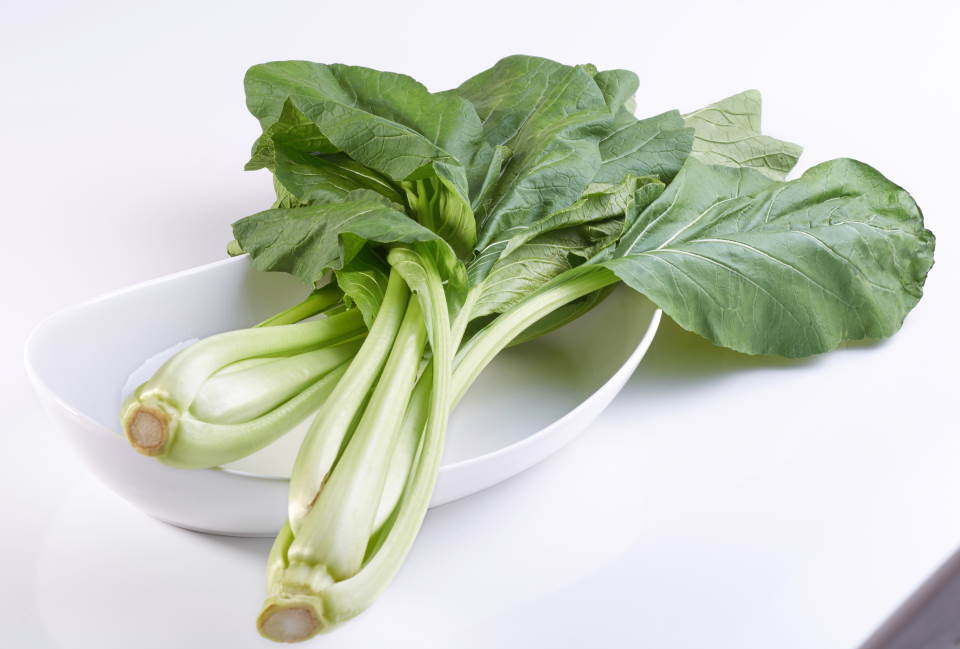
The same species, Brassica oleracea, includes cabbage, broccoli, Brussels sprouts, cauliflower, kale, and kohlrabi. They all share the same pattern of pollination and seeding. However, these plants develop a flower stalk that necessitates insect cross-pollination. They won’t accept their pollen, in other words.
The plant’s flower/seed stalk is directly expelled from the core. Therefore, home growers must choose at least three firm and ready-to-eat heads in the fall unless they dwell in a highly lengthy growing zone. Next, remove the plants and store them in a root cellar, refrigerator, or cold basement, along with their roots. During the winter, keep the roots cold and wet.
Early in the spring, you would replant the seeds, leaving two to three feet between them, to encourage this vegetable’s plant to produce more seeds. Directly from the plant’s heart, they will generate the seed stalk. When the seeds are ready, they quickly detach from the plant. As the pods turn yellow, you might opt to either harvest the entire plant or only the dry pods until they turn brown.
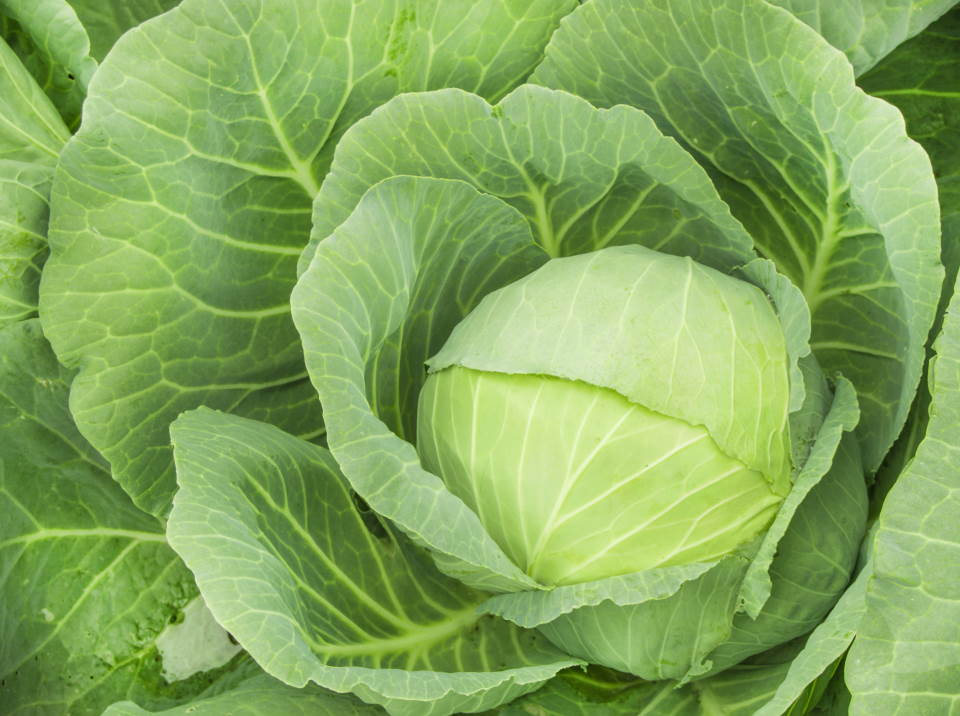
It might surprise you to see what your seeds grow into if you produce any other Brassica plants in an open garden. Of course, the plant can cross-pollinate with vegetables like broccoli, brussels sprouts, and cauliflower. But their flavors might be interesting!
This vegetable’s seeds are relatively bigger than other plants’ seeds. As a result, these seeds look like whole black pepper, but the seed color is less vibrant. The seed color may vary from brown to dark green and has a smooth surface.
There is no way to understand which type you will get after plantation just by looking at the seeds. We suggest you buy these seeds from a trusted supplier and after plantation, save some of the seeds for your seed collection for future use. If you store the seeds in a dry place inside tightly sealed glass jars, your seeds will be available for you to use for many years.
How to Plant Cabbage?
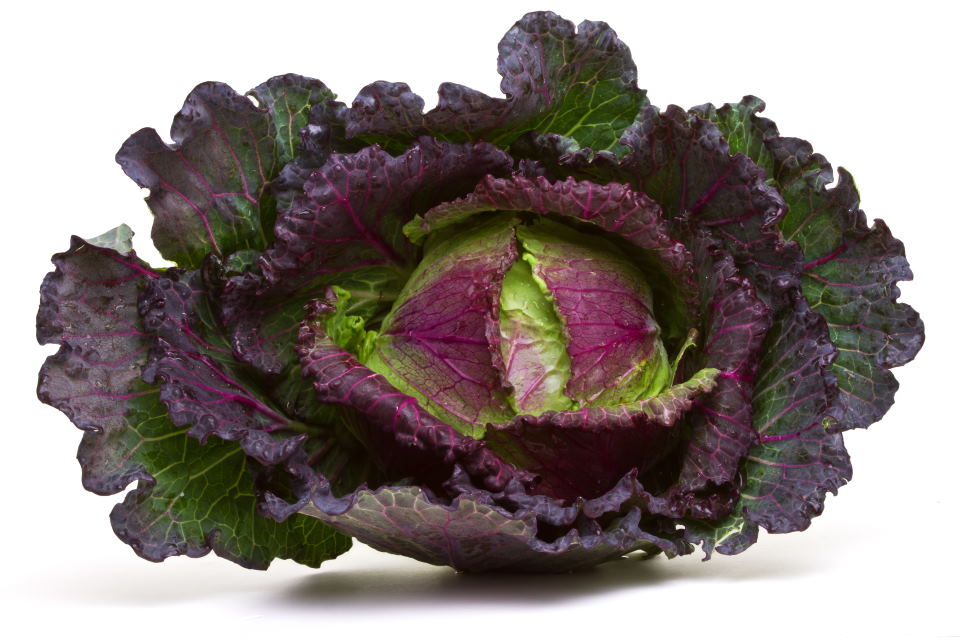
If starting from seed, plant them in soil with a pH balance of 6 to 6.8 and 14 to 12 inches (6–13 mm) deep. Maintain moisture in the seeds, and thin the young seedlings to give them room to expand. The growth of this vegetable is aided by fertile soil. After the plants are well-established from the seeds, adding nitrogen to the soil will help their maturation. Although the roots grow somewhat shallowly, it’s still crucial to maintain moisture in the soil for juicy, flavorful veggies. This vegetable is a perfect crop for the fall since it thrives in areas where temperatures rarely rise beyond 24 C.
Bok Choy is a particular type of cabbage to grow from the seed. It could be sown twice a year; once in the spring and once in late summer for harvest in the fall. Double-row seed sowing should be done with rows 10 inches apart. Seeds should be spaced 2 inches apart, with the earth barely covering them. Progressively the seeds can grow and become 8 inches apart. You can give space to seeds of different varieties 3 inches apart. When to sow the seeds, plant and harvest depend slightly on your location.
If you wonder which variety is hardest to grow from the seed, the answer is January King. The heirloom variety January King is one of the most resilient winter vegetables in the garden with its enormous green and purple semi-savoy leaves. After 150-200 days from planting the seeds, you can harvest 3 to 5-pound heads that are sweet, delicate, and fragile for culinary usage.
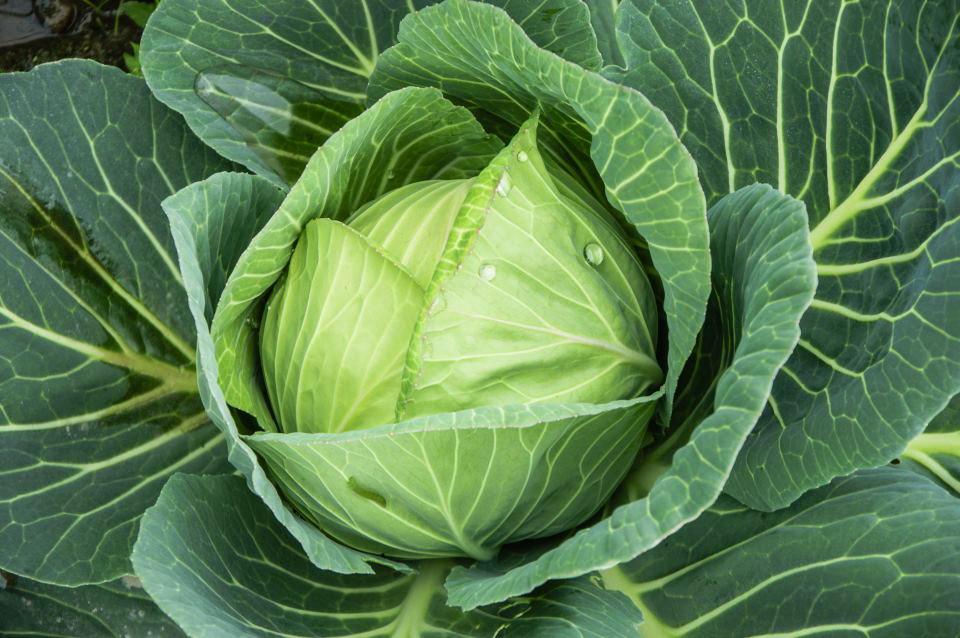
This cold-tolerant cultivar stores well and is perfect for a winter food garden. Plant the seeds in full sun, 18 to 24 inches apart, to allow for growth. January King can compete with many beautiful plants for visual impact in the garden, thanks to its spectacular appearance.
When planting this vegetable, it’s crucial to keep it away from plants in the same family, like broccoli or Brussels sprouts. Two plants should not necessarily be cultivated together just because they are related. The issue is that plants in the same family frequently draw the same nutrients from the soil, resulting in competition amongst these species.
Additionally, it can be crucial to keep these plants distinct because they often attract the same pests and illnesses. You should also avoid planting it near tomatoes and strawberries. If you’re looking for companion plants that grow well with this vegetable, think about including beets, onions, potatoes, or oregano in your garden.
Best Time of Year to Plant Cabbage
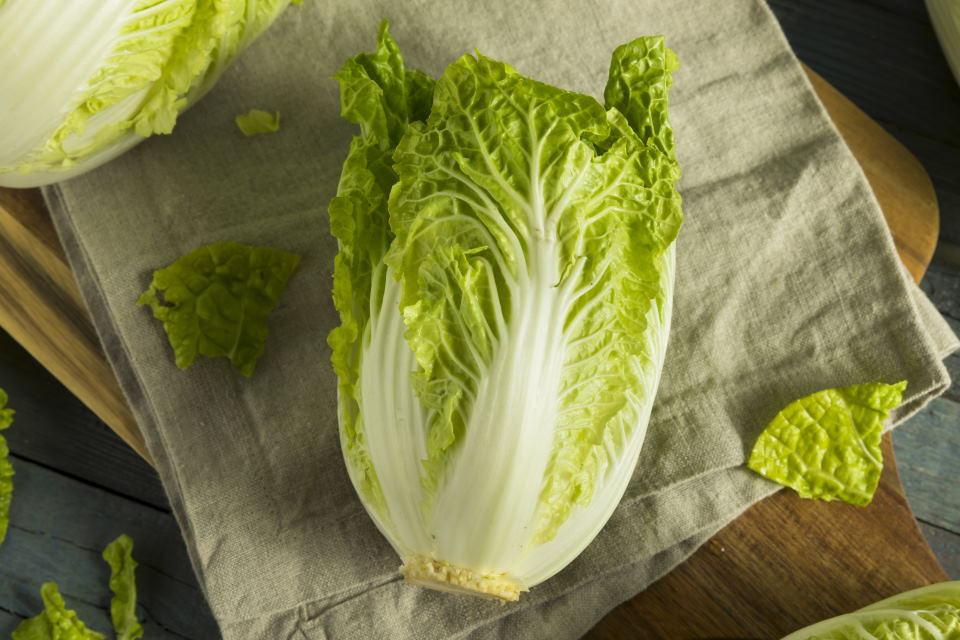
For cabbage, the growing season is lengthy. Transplanting the earliest one will allow it to mature before the summer heat. There are several varieties of cabbage plants that mature at various times, allowing you to harvest a crop all summer long if you’ve been unclear about when to plant them. Hardened plants can tolerate frost easily when you want to grow cabbages. As a result, you can plant them in early spring along with other cool-season vegetables. Although they won’t produce a head until the fall, late cabbage can be planted in the middle of the summer.
There are different varieties of late cabbages, although early ones are frequently grown in the spring. Contrary to early ones, late ones need to be planted in the middle of the summer, and in the cool fall months, they produce their huge, tasty heads. The varieties of late ones can be sown or transplanted into the garden, but to minimize the shock, they may face, try to sow the seeds in seed flats or beds that are shaded if feasible. If a region is exceptionally warm, it is preferable to wait until much later in the summer to grow late cabbages after it has begun to cool off.
How Far Apart Should Cabbage Be Planted?
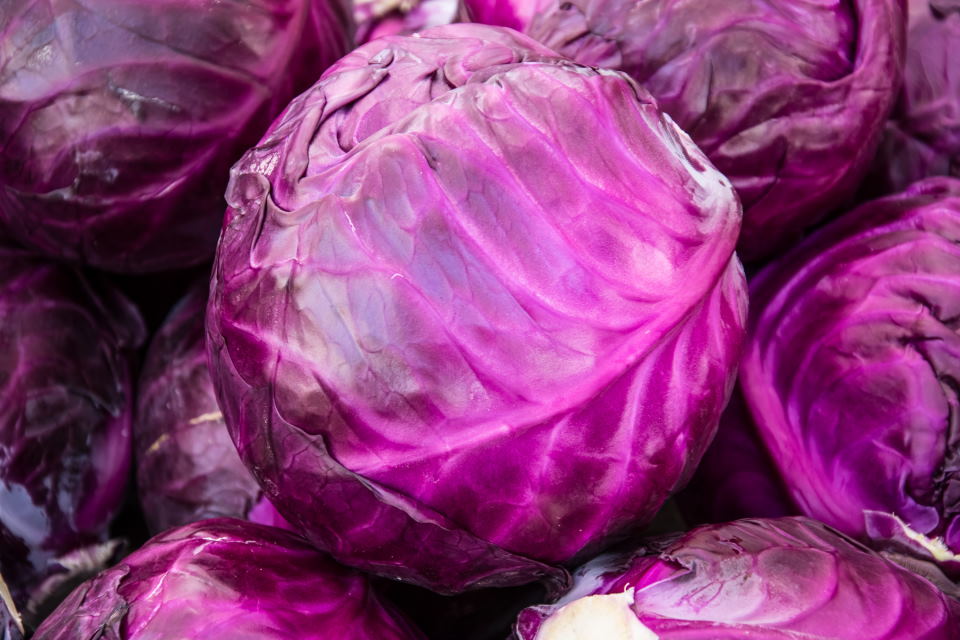
Making the most of your area and giving this vegetable the room it requires to grow appropriately is essential because not everyone has unlimited space to grow their produce. Getting it adequately is crucial, even if it means little less growth. It would help if you positioned your seeds rather closely apart when you start planting them in an outdoor area.
The first advantage is that you will plant more after accounting for the seeds that won’t sprout or the plants that will become contaminated. Another reason is that you can harvest the smaller heads a little earlier to enjoy them while you wait for the larger heads to develop. Though they might need two feet overall, you can initially plant them two inches apart as long as they are in rows with at least a foot between them. Distribute them evenly, then around them with about a half-inch of soil.
One of the more frequent misconceptions about this vegetable is that it requires growing space. Understanding how much room it requires to develop correctly is crucial because this remark is a little too general. This vegetable can need up to 24 inches of planting area. This will give their heads plenty of room to expand to their maximum size. This is the reason for the saying that cabbage needs to breathe. You can still use a container for planting on a balcony or patio if you only intend to grow a few heads.
To ensure that the plants have enough area to develop giant heads, sow seedlings 12 to 24 inches (30–60 cm) in your garden. Early kinds of this vegetable can be planted 12 inches (30 cm) apart and produce heads between one to three pounds (454 gr.-1k.). In later varieties, heads that weigh more than 8 pounds can be produced.
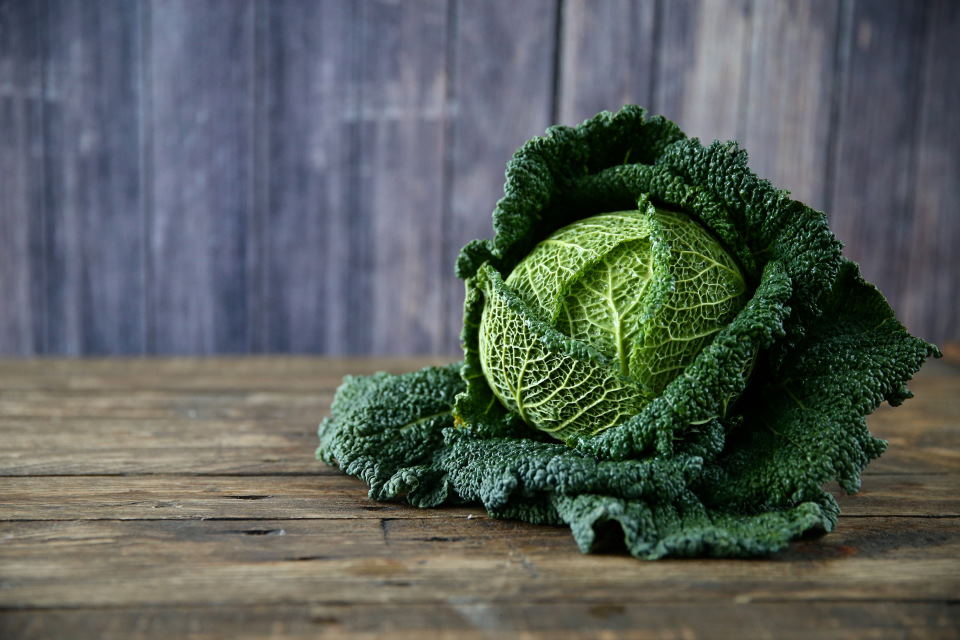
The benefit of planting this vegetable is selecting the size of the heads you wish to produce. You may correctly space out your plants in your available garden by anticipating their eventual measures. This stops any unpleasant surprises from developing. The vegetable won’t be able to grow properly if you don’t give it the room it needs. Plants risk colliding with one another when planted too closely together, limiting their ability to grow, and producing stunted or improperly growing heads.
Cabbage can also grow to be quite large. Cabbage grows to different sizes and can be picked at various periods. The early cabbage cultivars can grow to weigh between one and three pounds, but those later kinds can grow very large. However, the secret is to allow your cabbage the right amount of room to develop to its maximum potential.
Monitor your products carefully. It’s time to trim them out after they reach a height of about five inches. After harvesting those tiny heads, the plants left over will be spaced out by about 12 inches or so, giving them the room they require to develop into full-sized plants. After the initial harvest of the smaller heads, replace your seeds if you intend to produce cabbage continually throughout the season. In this manner, cabbage will continue to grow season after season.
Storing Cabbage
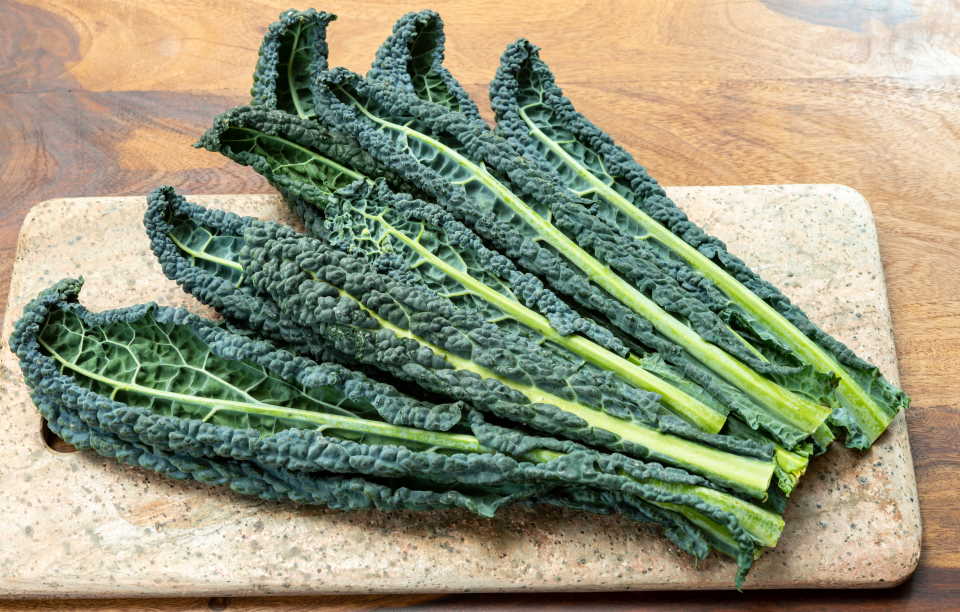
If you have accidentally overproduced tons of cabbages, you might find yourself in dire need of storing alternatives before you sell or consume all those produce. You don’t need to worry. Because it preserves so well, cabbage is a favorite food in many cold climates worldwide. It is a terrific idea to look to the cabbage in our fridges to supply some local, fresh green flavor in the dead of winter when snow covers our gardens.
Unfortunately, a cabbage’s respiration process is slowed down by proper storage. The speed of the cabbage’s respiration determines how rapidly it deteriorates and starts to go bad. To successfully store your cabbage for winter use, use the advice below.
- Make sure to leave all the leaves on the head when harvesting your cabbage from your garden or purchasing it from the farm stand. The outer leaves of the cabbage head serve to retain moisture while also protecting the interior, softer leaves.
- When you are ready to utilize the cabbage, wash it. Avoid washing anything before keeping it.
- A hydrator drawer is an excellent place to keep cabbage. Although it isn’t strictly necessary, you can assist the cabbage in maintaining moisture by placing it in a plastic bag.
- If you only consume a small portion of the head, tightly wrap the remaining amount and place it in the refrigerator. Be careful not to bruise your cabbages too much. Any form of cell damage accelerates aging and reduces vitamin C levels in the cabbage.
- Cabbage can be kept in your refrigerator from three weeks to as long as two months if properly stored. It can even last longer in ideal root cellar circumstances.
Conclusion
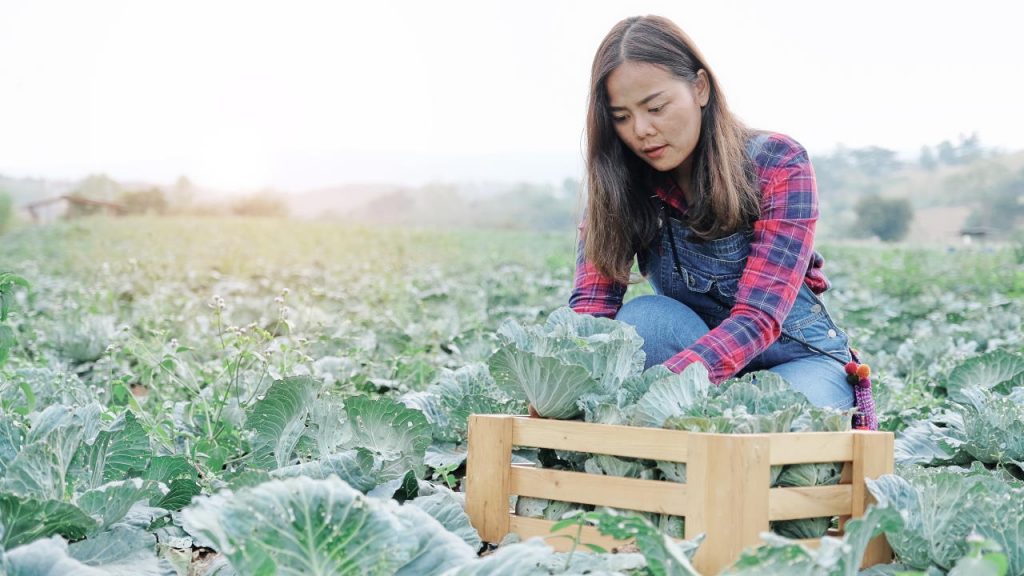
Cabbage is a fantastic product with various nutrients and relatively easy to grow if you consider how little effort it takes from the time you plant until the harvest time. It has an excellent nutritious profile and is particularly abundant in the vitamins C and K. Consuming cabbage may also enhance digestion, reduce inflammation, and reduce the chance of contracting certain diseases.
Additionally, cabbage adds flavor and low cost to a variety of meals. With so many possible health advantages, it is simple to understand why cabbage merits some attention and a place on your menu and beautiful garden.
Considering the aspects mentioned in the article above, you reap the benefits of your effort while producing any cabbage.
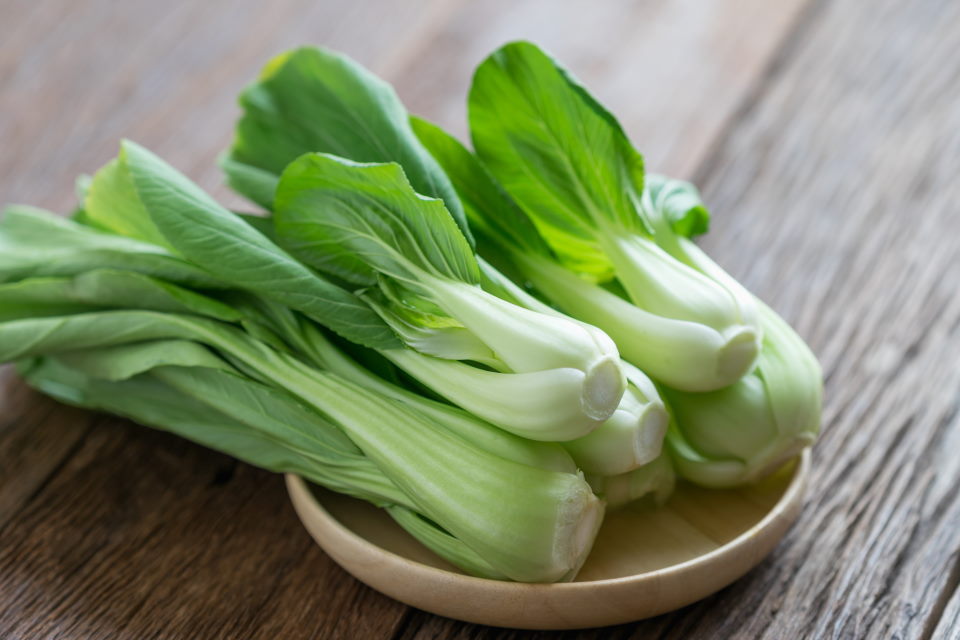
Here are the final tips for you on growing cabbage before we conclude this article:
- You should harvest the produce when it reaches its full size, so observe closely.
- You can determine the time to harvest when you see the product firm and fully formed.
- It would help if you observed the cabbage on its firmness regularly.
- It would be best if you did not let the products have a split head. However, if you encounter such an issue, harvest it immediately.
- To harvest the produce, cut it from its base, without pulling the roots, with a sharp garden knife.
- When your produce is harvested, lay it in the shade as soon as possible and let it rest.
- Make sure to grow this product in cold and moist places. A minimum of 95% humidity is required for a flourishing plantation area.
Additionally, you should avoid planting cabbage near strawberries and tomatoes. Instead, consider planting beets, onions, potatoes, or oregano in your garden next to cabbage if you’re looking for companion plants because they all grow well with cabbage.
Birch Trees: Plant, Grow, and Care

